"Alto's Odyssey" makes a number of enhancements to the successful formula set out by "Alto's Adventure" three years ago, resulting in an endless runner that will satisfy both players of the original and newcomers alike.
Probably one of the hardest aspects of game development is coming up with a suitable sequel to a popular and critically acclaimed title. There is a fine line between keeping the elements players enjoy without seeming stale or making the game look like a lazy cash grab, and that of changing the game too much that it alienates its intended audience.
Somehow, the pairing of the Toronto-based studio Snowman and UK artist Harry Nesbitt, operating under the banner of Team Alto, has managed to walk the line successfully with the release of "Alto's Odyssey."
Standing on the board
The successor to "Alto's Adventure," originally released on iOS in 2015, "Alto's Odyssey" is a snowboard-based endless runner, tasking players with traveling down a mountainside on a snowboard, avoiding obstacles along the way that can slow down progress or bring it to a premature end. Tapping the screen causes Alto to jump into the air, used as the primary way to navigate around hazards, with a longer press starting a somersault, which can be used to travel further in the air.
The course itself is randomly generated, with the game altering the terrain for each run with different combinations of obstacles and undulating slopes and humps, so there sometimes an element of luck involved in getting as far as possible in the descent. For the most part, hazards are easy to see and negotiate, with the main cause of failure being the player's lack of full attention causing them to land hard into a pile of stones.
A different set of four themes for the mountain and its contents is the main change between the two games, switching out the snow-covered landscape for sand, an alteration that allowed Team Alto to make changes to the things players encounter on their downhill runs. Stones, ruins, vines, waterfalls, pools, hot air balloons litter the landscape for players to use to travel at different heights or to get away from the ground level, or in the case of balloons, to bounce even higher.
The random nature of the route can make it hard to prepare long in advance for the next obstacle appearing onscreen, but it is fairly easy to learn basic ways to deal with them as they quickly approach. Regular points on the journey force players to directly deal with an obstacle rather than avoid it, such as landing and jumping on ruins to cross a chasm, though the game does warn that there is such an encounter long in advance of its appearance.
Elders, a character that will actively try to spoil the player's run in the original, have been replaced by lemurs in the sequel. Passing by these small primates causes them to chase after Alto, prompting the need to either speed up or out-maneuver them before they can bring the boarding session to a close.
Another new addition introduced in "Alto's Odyssey" is the ability to wall ride, which can be performed on large walls decorated with a diamond texture by a single tap. Depending on the momentum, it is possible to ride up the walls to avoid obstacles or to get to higher vantage points, and for some chasm crossings, to jump from one wall to another.
Performance, power-ups, and upgrades
Throughout a run, players have two main metrics to see how well each run went. The first is distance, measured in meters, with players able to see when they've beaten their previous longest run when they pass by a flag marking their furthest progress.
The second way involves scoring points by performing tricks on the run. Each somersault and grind or interaction with an obstacle is given a value that is added to the points total, but bigger scores can be achieved by chaining together sequences of tricks, which adds a multiplier to the chain's score that itself increases with each additional point-scoring element.
Dotted along the landscape are coins that can be collected by touching them or, if the Coin Magnet power-up is active, by passing nearby. Once enough coins are collected, they can be spent in the Workshop to upgrade power-up durations or to buy items that can change how the game is played.
Notable items include the Sandboard that is used to ride the walls, the Wingsuit that allows players to glide in the air for longer once charged by performing tricks, and the Compass, which can switch the biome in play in a level for a small fee. Those wanting to maximize their runs can also pick up Helmets and Chasm Rescue pickaxes, consumable items that let players continue their ride following a crash or a fall into a gorge.
The upgrades to the two power-ups are both the cheapest and most expensive items in the store, starting out low with a small increase to the effect's duration but quickly rising in price as each upgrade is acquired. Aside from the aforementioned Coin Magnet, players can pick up the Lotus Flower, which temporarily protects against rock piles and other items that cause crashes, also without sacrificing speed.
The majority of Workshop items will require multiple runs to save up enough cash to buy anything, and as it is a paid app that doesn't offer in-app purchases for the coins, that means players have to put in the effort to get the items they want. It is refreshing to play a game like this that has a store but doesn't go along the pay-to-play in-app purchase route. The decision to leave this potential money-making element out also makes the process of saving the in-game coins more "honest" compared to paying for it with real-world funds.
Players can level up throughout the game by performing three tasks during runs, such as collecting a certain number of items or completing actions. Five characters can be unlocked alongside the original Alto at specific level milestones, with each character offering a different style of play.
For example, the first unlockable character, Maya, is able to perform flips faster than Alto, but in exchange has trouble building up speed. For some level tasks, like performing ten flips in a run, players may want to switch to Maya or another unlocked character to complete it, before switching back to their preferred avatar.
A fantastic view
Just like the original, "Alto's Odyssey" is a very good-looking game, offering stylized but simple to understand terrain in front of a layered parallax-scrolling backdrop. The varied lighting, caused through the passage of time in the game and the different biomes passed through in each run, gives a constantly changing view that in one minute can seem calm and bright, but another effectively leaves the player running in silhouette, lit by a sinking sunset before passing into a dim night-time scene.
The gorgeous and relaxing nature of the game's visuals certainly help ease the digital bruises after a sudden crash, but for those who want to glide down the mountain without worrying about crashing, Team Alto has thought of that. A swipe to the left in the main menu sets the game into Zen Mode, which lets players take a non-stop journey to enjoy the visuals without having to restart at the top after a crash.
Zen Mode also provides more of an opportunity to listen to the excellent music, which fades in and out and changes depending on the action during the main game. It is quite relaxing to leave the game running in the background with the piano and orchestral music playing, accompanying the view of Alto sitting on the mountain in front of ever-changing scenery, following yet another dismount.
Pressing the point of how great the game looks further, Team Alto has also made the title screen into its own zen background scene, fading away the on-screen menu and the game's title to give a better view of the landscape, accompanied by the music, animal chirps, and the occasional period of rain.
Conclusions
It is extremely easy to recommend "Alto's Odyssey," especially as a relaxing and stress-free game that offers many hours of gameplay in a beautiful game world.
Those new to the game series will find it easy to play, great to look at, and to listen to, without the panic that usually ensues with other endless runner-style apps. For the unexperienced, it is a good introduction to mobile gaming, while still providing enough of a challenge for people with some gaming know-how.
Owners of "Alto's Adventure" will enjoy the audio and visual changes to a game they already know, one that is highly likely to meet their expectations from the previous game. A new playground that keeps to most of the rules established in "Alto's Adventure" but with enhancements to make it worth playing.
In short, Team Alto has performed a masterclass in how to produce a game sequel. They ended up with a gaming experience that new players could enjoy while simultaneously producing a game fans of the original will equally savor, which in this day and age is a rare accomplishment.
Score: 4.5 out of 5
Where to buy
"Alto's Odyssey" is available to purchase from the App Store, priced at $4.99. The download requires 205.9 megabytes of storage and is compatible with the iPhone 5s, iPad Air, iPad mini 2, iPad Pro, iPod Touch, and newer devices, running iOS 10.0 or later, as well as on the fourth-generation Apple TV or Apple TV 4K.
 Malcolm Owen
Malcolm Owen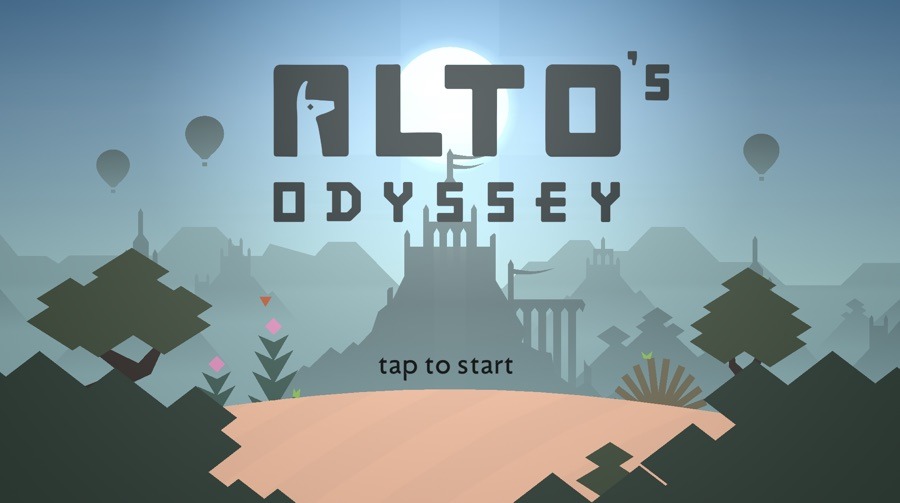
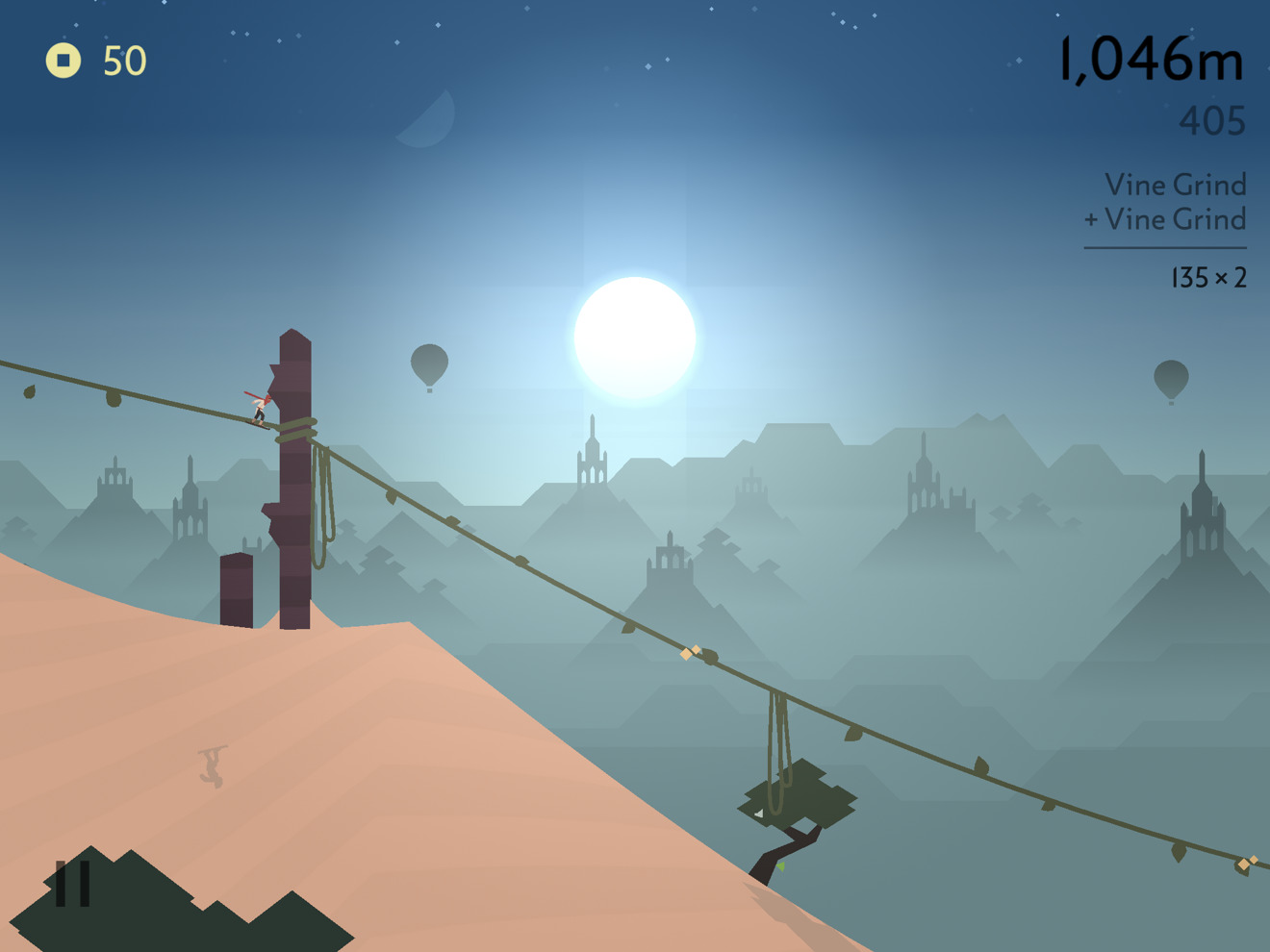
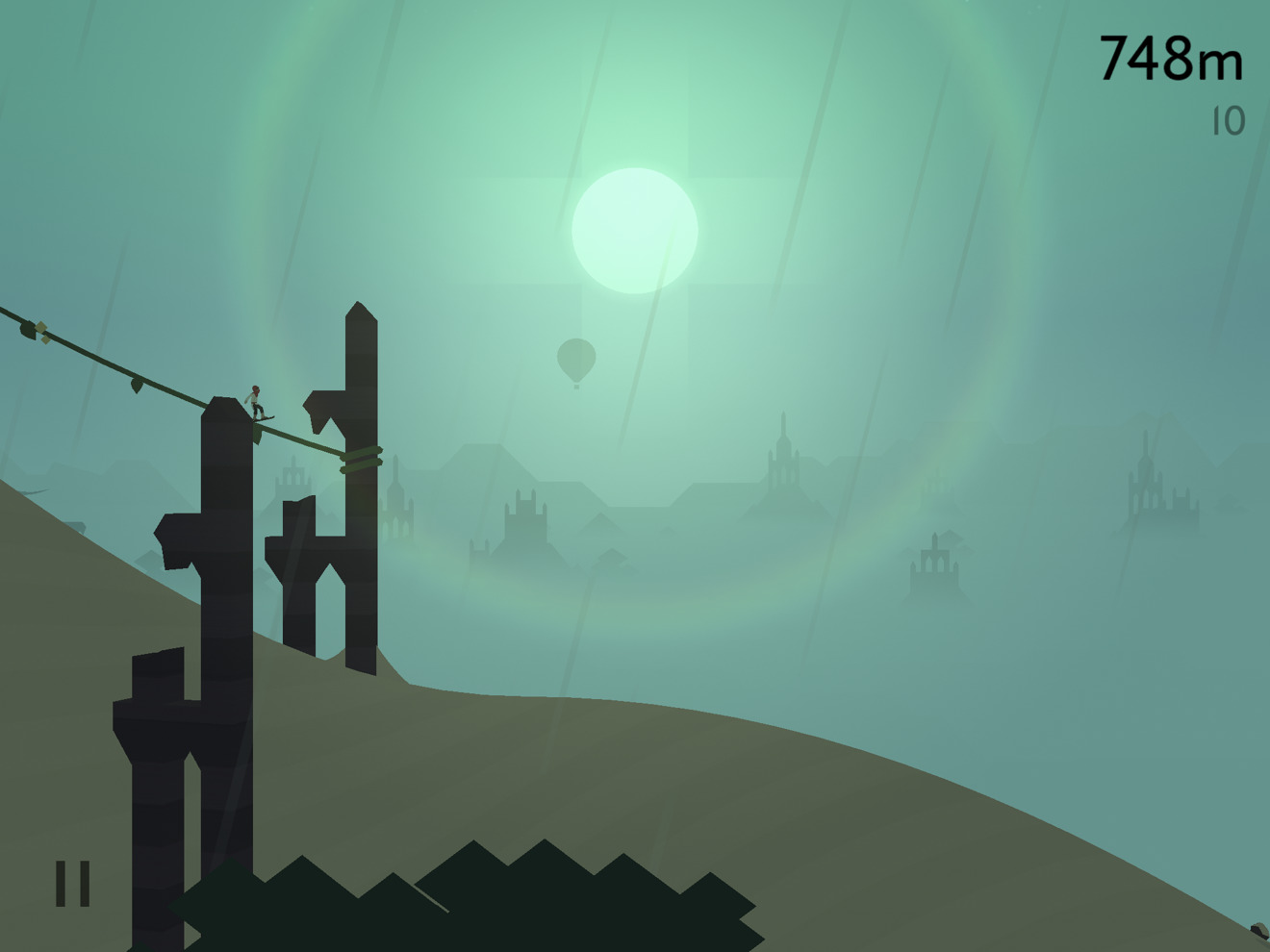
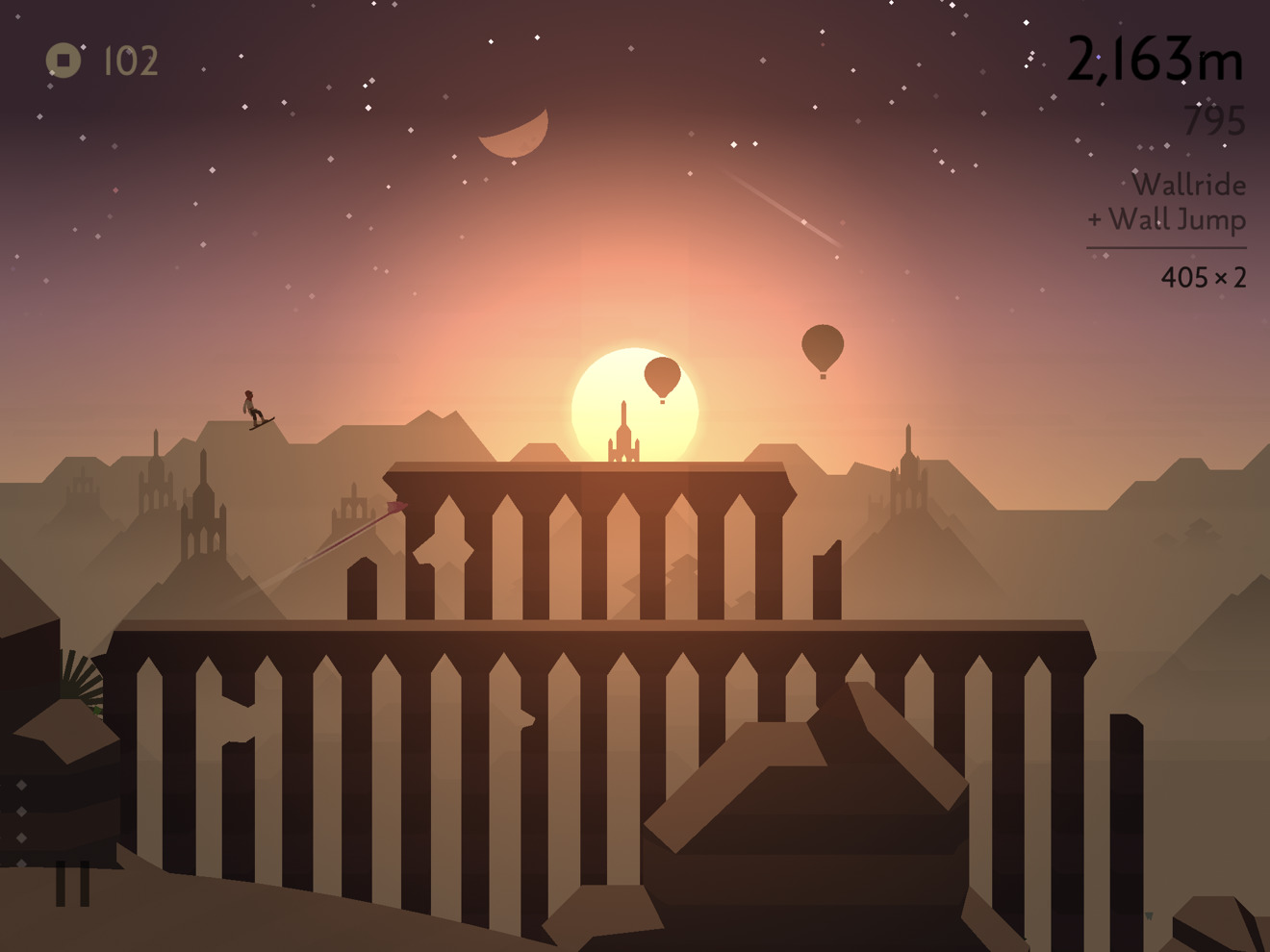
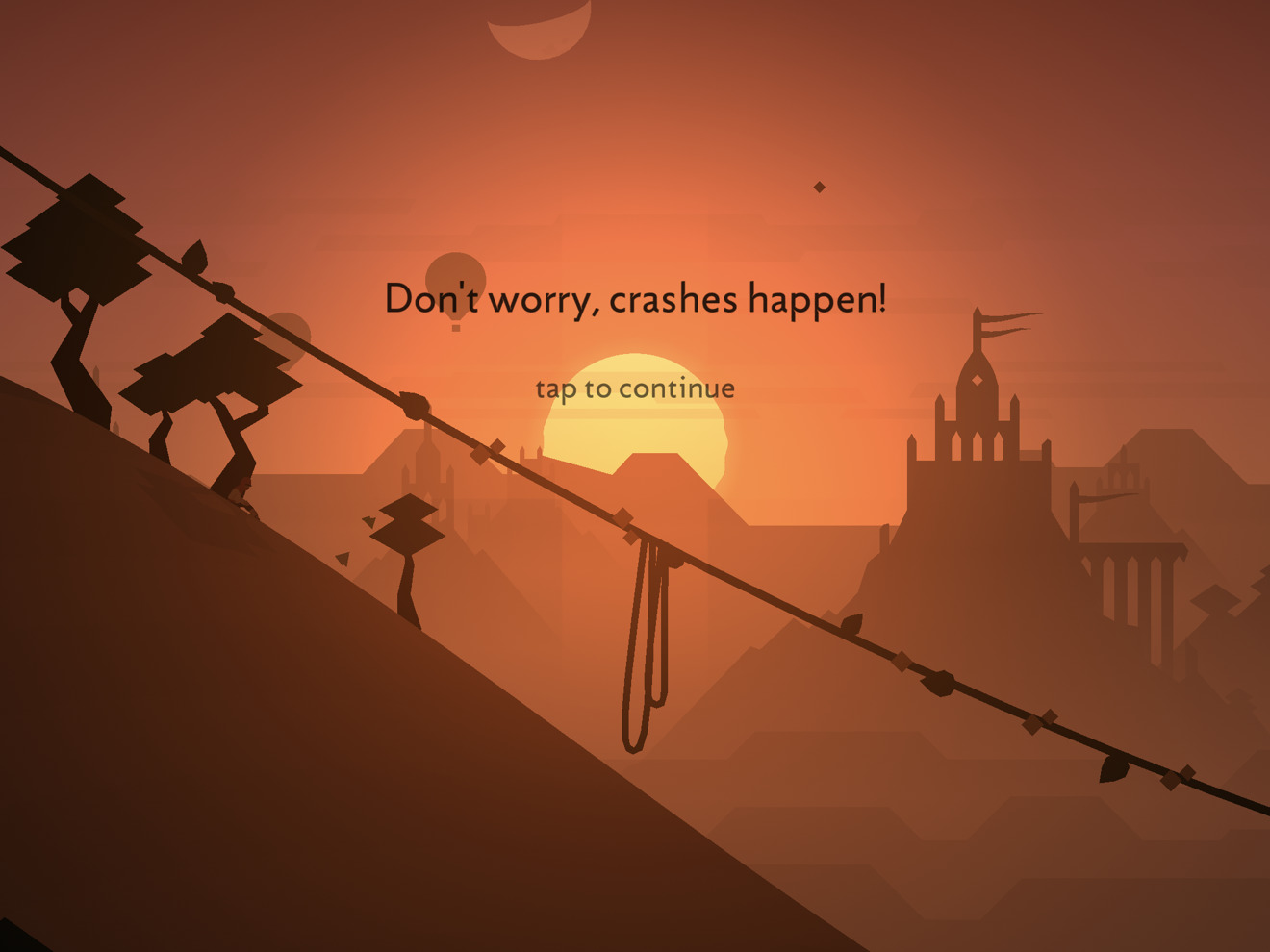
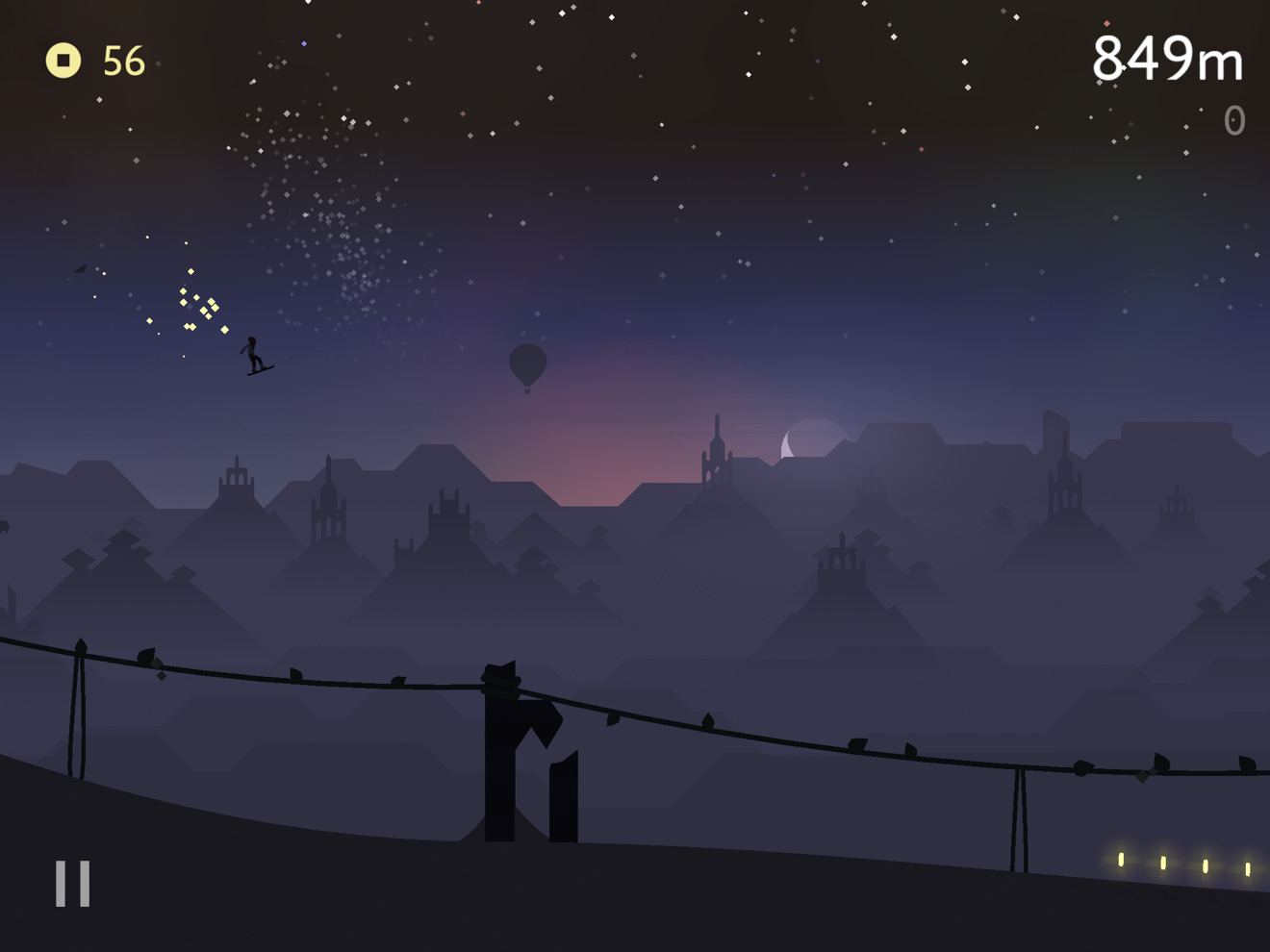
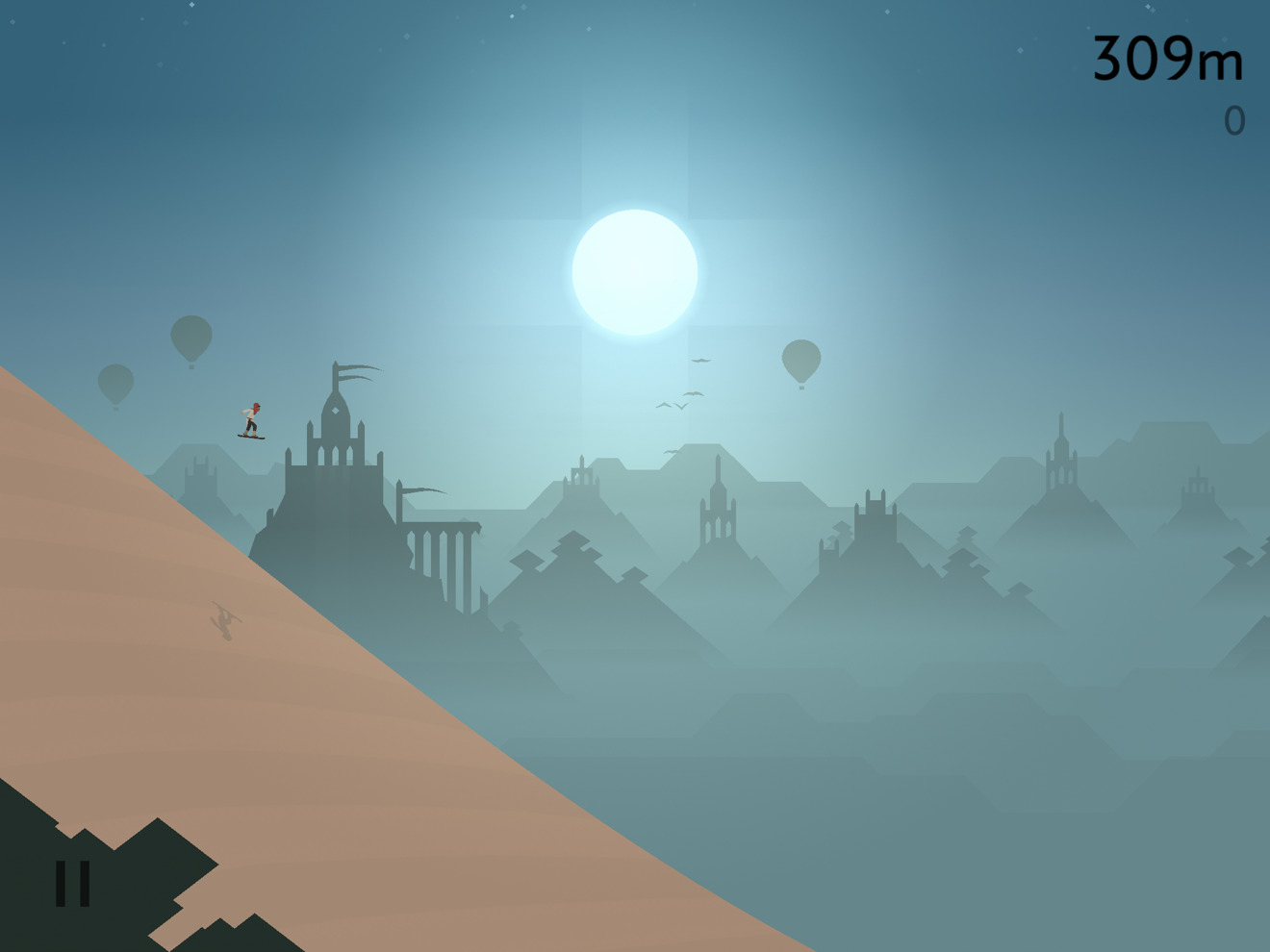
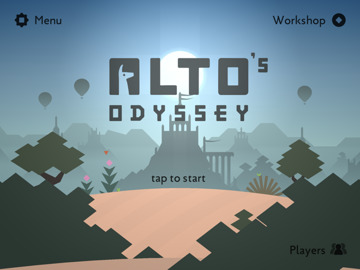
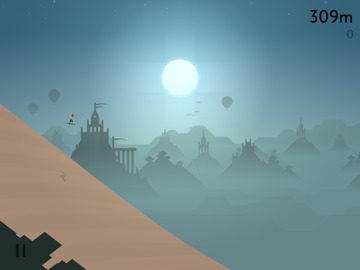
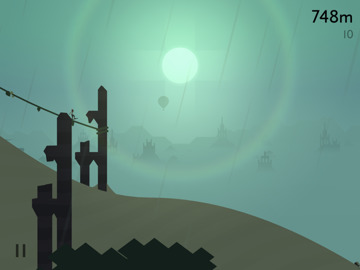
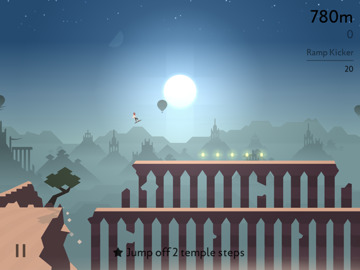
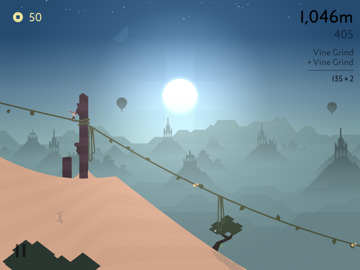
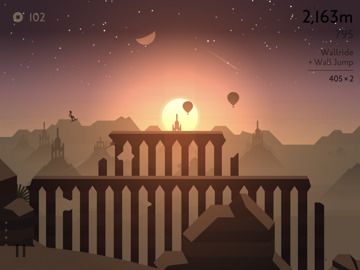
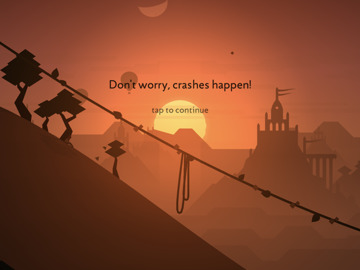
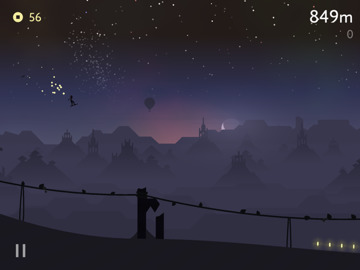
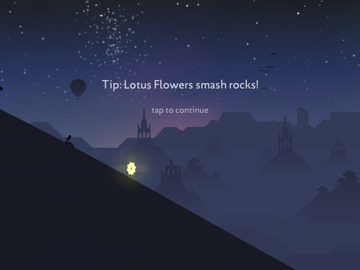








-m.jpg)






 Christine McKee
Christine McKee
 Charles Martin
Charles Martin
 Wesley Hilliard
Wesley Hilliard
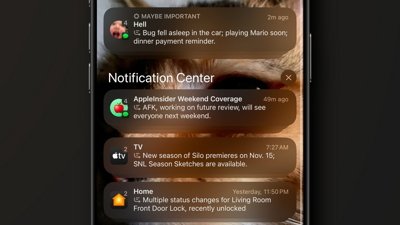


 William Gallagher
William Gallagher
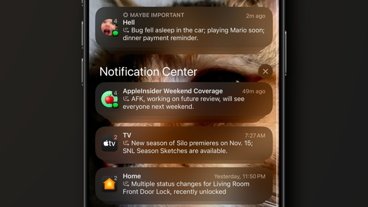









4 Comments
“Addictive gameplay. Infinite side-scrolling Zen mode. Can play it for days. Lost my job.”
5/5 ⭐️⭐️⭐️⭐️⭐️
Stress free, my arse. I'm stuck on one particular level that just never seems to end and I'm about two seconds from throwing my damn phone at the wall because of it. Wish I never started playing this stupid game.
Sometimes I crash just to sit and enjoy the view.